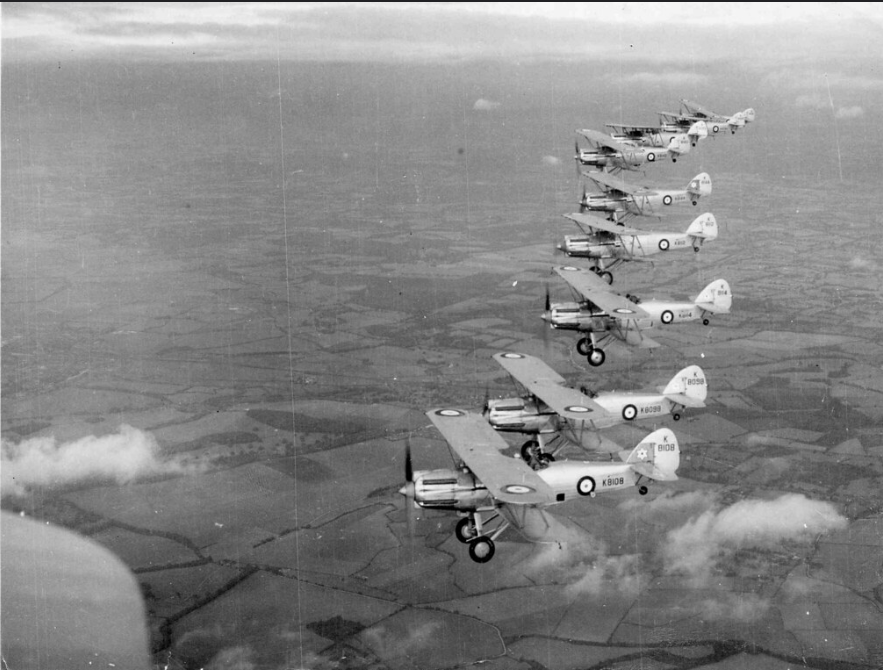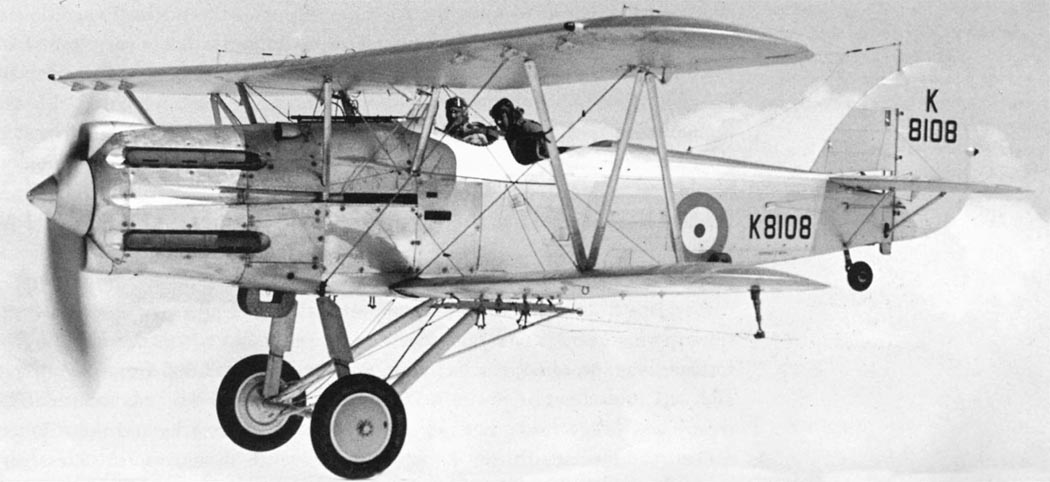Hawker Hector Army Co-operation Plane
Developed from the Hawker Hart, the Hawker Hector was an army co-operation aircraft designed to replace the Audax in Royal Air Force service. Powered by a Napier Dagger III engine rather than the Rolls Royce Kestrel (which were required for Hind production), the Hector entered service in February 1937.
By the start of World War Two, the Hector had largely been replaced in front line service by the Westland Lysander. However, 613 Squadron was still transitioning when called on to support British troops in Calais on 26 May 1940. This resulted in the Hector’s only engagement with enemy forces when six aircraft divebombed German forces. The following day, they dropped supplies to the besieged troops which had unknown to the crews already surrendered. Two Hectors were lost in this action.
From 1940, the RAF used Hectors as target tugs and for towing General Aircraft Hotspur training gliders.
Thirteen Hawker Hector were sold to the Irish Air Corps after the Dunkirk evacuation.































